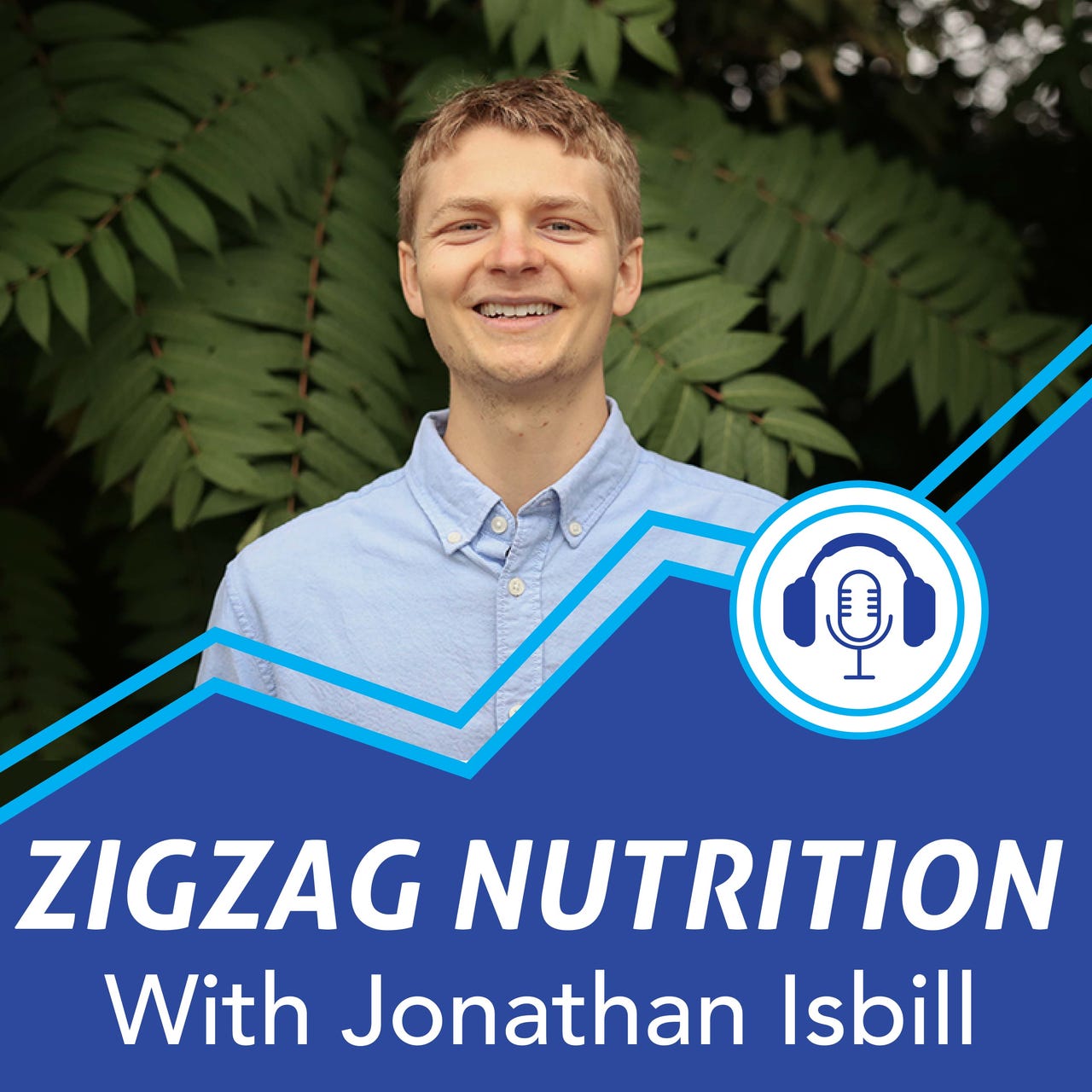This One’s for the Family
Families are broken and fractured across the country, but who's to blame?
Not all families are broken, but many are.
It’s easy to blame the parents.
But I don’t think all pressures ought to be placed on parents today, for they themselves are products of a broken system that ignores their inner most dire needs and fails to provide the social structures necessary to raise a healthy family with MARGIN without isolation and inevitable suffering.
The kids are not the problem.
The parents aren’t all of the equation. We must call out the broken systems in which we ask people to survive. We must swim further upstream and seek to treat the root cause of our disease of disconnection in this country.
An isolated parent is a stressed parent.
A stressed parent = a stressed household
A stressed household = a stressed family
A stressed family = a stressed child
A stressed child = a suffering child
💡 🧠
And yet we want to act like single parenting is noble endeavor, a journey that builds endurance and character, and with which we should grow to normalize.
The reckoning of the family structure is sickening. The complacency and insecurity is infuriating.
😡 🔥
The U.S. leads the world in single-parent households by A LOT.
If we care about society and culture, we inherently have to care about the family unit and historical native norms for raising a family/community interlaced together.
Our society today is exhaustively individualistic and glorifies the lone wolf type who strives to go against all odds and rise above seemingly insurmountable challenges. We continue this while we simultaneously battle a domestic threat of epidemic proportions called loneliness according to the U.S. surgeon general.
Historically, humans have been tribal and communal people. We shared stories over morning and evening campfires. Nowadays, the only stories we share are those passed around through the filtering screens of social media via our endlessly flickering phones.
We still gaze into a light as we long for connection, but the modern example is pale in comparison to what we were designed for by our creator. We cannot step outside the bounds of our created design without suffering the consequences.
Humans were not designed for isolation. If you ask most people today, they will comment how frightening any time spent alone with their own thoughts actually feels. They may even panic or startle with paranoia at just the thought of spending hours alone with their thoughts.
And truly, if you leave a human alone long enough in isolation, they will inevitably reach the point of psychosis. Yes, you are correct to suggest, “Isn’t isolation a form of torture used in war?”
Why yes, yes, it is. So why would we assume it safe to practice isolation on a regular and recurring basis in our everyday lives as free and liberated people?
Ignorance most likely, but also partly due to the overwhelming narrative that encourages us down the route of individualism in our country. Not to mention that nearly every social structure surrounding us is built on an inherent individualistic foundation. For many Americans, the closest we have to sharing experiences in our community are a once-a-week farmer’s market or annual neighborhood garage sale.
Far more people live life in isolation despite their inherited design which contrasts the lifestyle they live. Is it their fault? Were they given the details for the actual health ramifications for living life alone or perhaps it was a cascade of events that led to this as humans walk through pain, shame, guilt, and insecurity.
We walk away from community when we feel unaccepted. We walk away from other hearts when we feel unlovable. We walk away from open hands when we feel worthless and undeserving.
These are lies.
These are lies in which we are told on a regular basis and with which we have faced as a conscious human race for thousands of years.
We have a kind of human nature about us that calls us to struggle with some of these more common stumbling blocks as part of the human experience like the ones mentioned above, but also the popularized imposter syndrome, Dunning Kruger effect, trust issues and neuroplasticity that adapts to our changing environment to help protect our flesh and spirit.
These (and more) come with the task of being an awakened and alive human being on this planet.
Other humans may be too far broken to engage in conscious conversation (at this time). Other humans may be too far traumatized to be able to trust anyone else in their life (right now). Other humans may be battling with addictions to people, places, and things that keep them from living their best life possible with deeply rooted lives with other humans in community. These could include toxic relationships, stressful emotions, addictive substances and pharmaceutical drugs, alcohol, cigarettes, etc.
I’m sorry to set these people aside for a moment because my heart of hearts cries out to them, but they are not the ones ready for this message, or likely any message in which I am speaking about within the context of my newsletter.
The ironic thing is, one of the most powerful forces of change that can help these individuals heal is just the exact thing they are unwilling to let happen.
You see, there is something written inside our DNA that allows for the magical, mystical, and invisible impression of human-human interaction in person. There is an unquantifiable healing that can dissolve social stigmas and strengthen mind-body-and soul to overcome addiction – for example. These are the exact people who need community to push themselves over the edge into health and healing instead of being stuck in their addictions and often isolated lives.
And for the same reason, it is that when humans lack community, they end up becoming more vulnerable, more easily exploited and are at higher risk for mental illness, depression, anxiety, and addiction.
I’m not saying the role of the household or even the role of the parent in an individual’s life the ultimate dial to decide a child’s fate, but it certainly plays a role. Humans today are suffering outside their primitive needs, and we need to talk about it. One’s social group and the impression of peers has become one of the most probable influencers for the path a teen or adolescent may take in the formidable years of their youth.
What we likely don’t take enough attention to is the fact that the weaker the family unit, the stronger the individual will seek out peer influence, validation, and attribution. The stronger the family unit, the less likely the child is to seek out coping mechanisms for the broken household back at home. That’s not to say that every child with a strong family dynamic will be magically gifted with the safety and security and confidence of an 85-year-old farmer in the Midwest, but the family structure plays a critical role in the developing child.
We no longer cherish the family unit. We no longer celebrate the family.
This also leads us to highlight the surging interest in homeschooling and local co-op education models across America today. Parents are waking up to the fractured family narrative and are hungry for change. They have been alerted like a smoke alarm screeching in the dead of night and are looking for alternatives.
One of the highly sought-after attributes of homeschooled families that outsiders looking in comment on is the wildly healthy roles and relationships held between parents and their kiddos and often the interpersonal relationships held between siblings. To most modern families, these healthy connections are unheard of and speak for themselves just by observation, like walking through a museum of remarkable artists who shock and awe us with their work.
“There is something special here. What have you done? What’s your secret?”
Most likely, the only answer we can give is that homeschooled families have systematically prioritized the family structure. And honestly, this prioritization of the family unit is a highly cherished characteristic of many countries and cultures across the world.
Like I said, The U.S. leads the world in single-parent households.
So, while most of the world recognizes the importance for the family unit as a whole, we fail to acknowledge this frailty within the walls of our very own homes.
Some people may think this is all part of a highly thought out conspiracy theory to push more hyper-consumerism (needs to fill by company products and services) when in reality we could simply fill in the gaps with the help of one another at a grassroots level. You know, trading weekly eggs for tomatoes at the farmer’s market or asking your mechanic friend to help you with your car if you help him unload his next shipment of parts when they come in on Tuesday.
Some people may think this has been developed from the sheer ignorance of humans in the west who think they can do anything and everything outside of nature. Even though we are indeed part and parcel with nature ourselves, we have certainly pushed ourselves farther and farther away from nature itself. It was our first home and will be our home when we return to the soil in which we came.
There are several other theories and thorough timelines written as to how we got here today.
What do you think? How did we get here?
What do you think? How do we get outta here?
Not how do we get out of the U.S., but rather how do we get ourselves out of the current state of affairs we find ourselves in?
Do we look for government intervention?
What about political leaders and long timelines of policy strategy?
Do we look to religion, or do we look in the mirror?
What do you think? One thing that is for certain is that we must look somewhere when we finally choose to open our eyes to shared reality.
If you today’s topic peaked your interest then I highly recommend these stories I wrote from a similar vein 👇👇👇 Highly Recommended Reading 👇👇👇
Two Stories to Share | Caring for Families
Hello Friends, Family, & other lovely Hospitable Folks! This week I’m sharing just two stories I came across that I truly believe would be incredibly valuable for you to consider. America is Falling Apart at the Seams NYT Opinion article by David Brooks (may have a NYT paywall;
—
All the socials:
· Instagram 📸 🌱 🌶️ · Facebook 😼📚
· Twitter 🐦 🐥 · LinkedIn 👔 👨⚕️ 💼
· Youtube 🎥 💡








